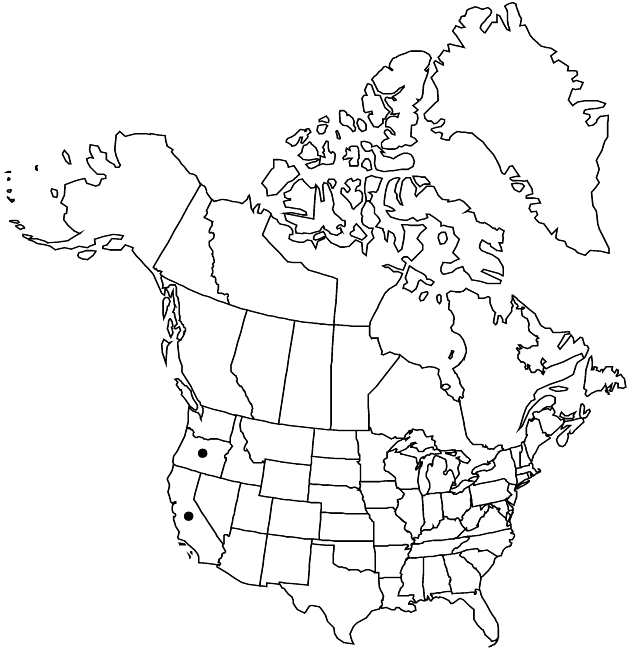Difference between revisions of "Hieracium parryi"
in H. G. A. Engler, Pflanzenr. 79[IV,280]: 1128. 1922.
FNA>Volume Importer |
FNA>Volume Importer |
||
| Line 46: | Line 46: | ||
|publication year=1922 | |publication year=1922 | ||
|special status= | |special status= | ||
| − | |source xml=https://jpend@bitbucket.org/aafc-mbb/fna-data-curation.git/src/ | + | |source xml=https://jpend@bitbucket.org/aafc-mbb/fna-data-curation.git/src/8f726806613d60c220dc4493de13607dd3150896/coarse_grained_fna_xml/V19-20-21/V19_411.xml |
|tribe=Asteraceae tribe Cichorieae | |tribe=Asteraceae tribe Cichorieae | ||
|genus=Hieracium | |genus=Hieracium | ||
Revision as of 15:11, 18 September 2019
Plants 15–45+ cm. Stems proximally piloso-hirsute (hairs 1–3+ mm) and stipitate-glandular, distally piloso-hirsute (hairs 1–2+ mm) and stipitate-glandular. Leaves: basal (0–)3–5, cauline 2–3(–8); blades lance-elliptic to lanceolate, 30–80(–100) × (3–)10–20(–30+) mm, lengths 3–8(–10+) times widths, bases cuneate, margins usually entire, sometimes denticulate, apices obtuse to acute, faces usually piloso-hirsute (hairs 1–3+ mm), sometimes glabrate. Heads (1–)3–12+ in corymbiform arrays. Peduncles densely stipitate-glandular. Calyculi: bractlets 7–9+. Involucres campanulate, 10–12 mm. Phyllaries 13–21+, apices ± acuminate, abaxial faces stipitate-glandular. Florets 30–60+; corollas yellow, 9–11 mm. Cypselae columnar, 2.5–3 mm; pappi of 50–60+, white bristles in ± 2 series, ca. 5 mm.
Phenology: Flowering Jun–Jul.
Habitat: Openings in brush, grassy slopes, serpentines
Elevation: 10–2000 m
Discussion
Selected References
None.
